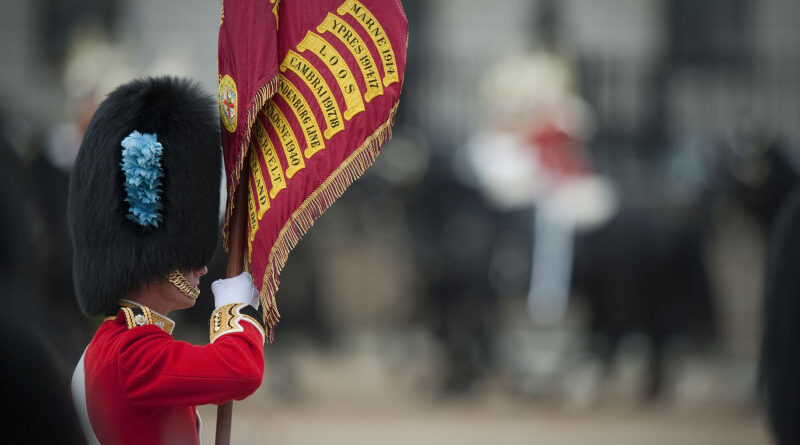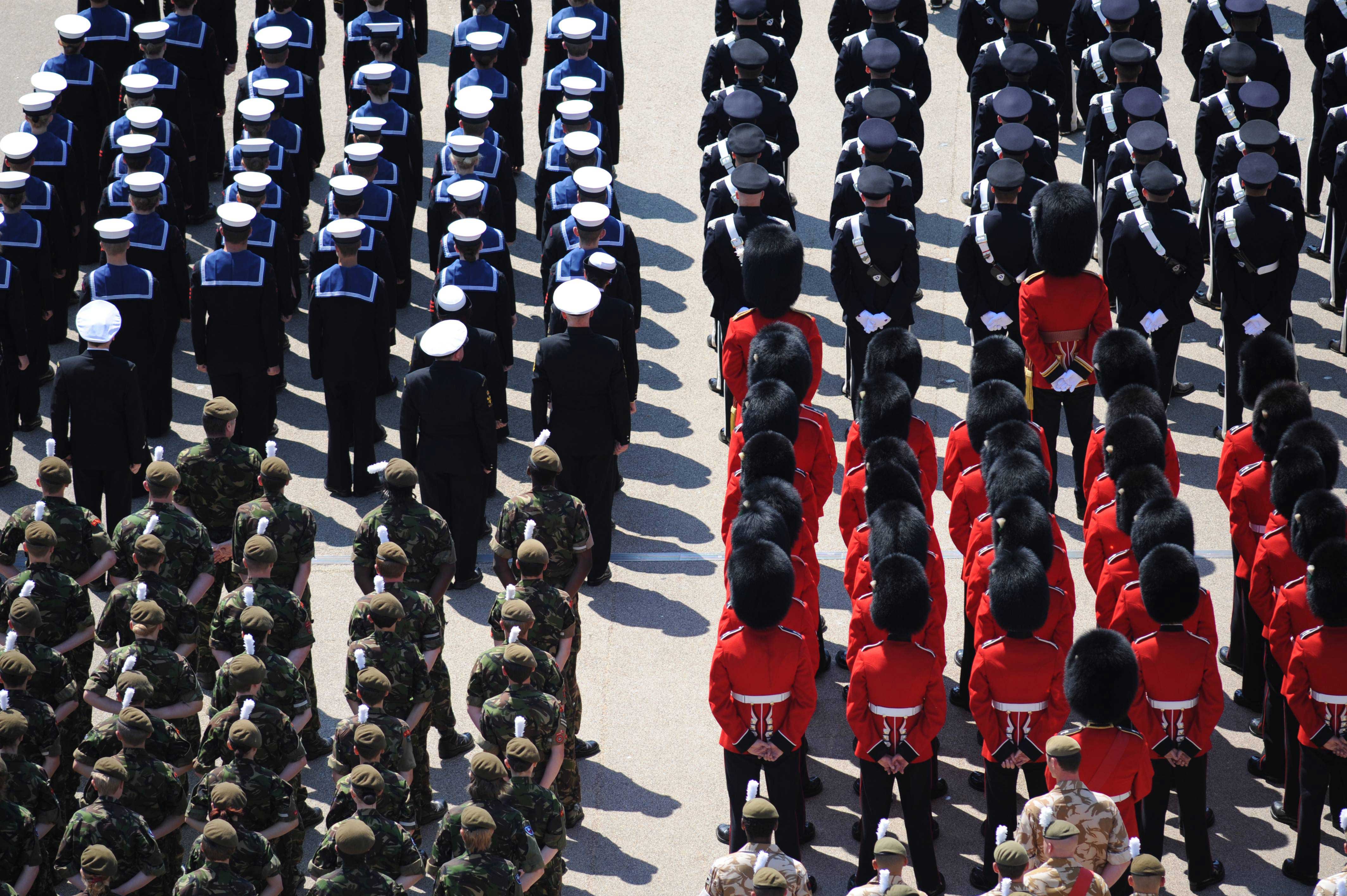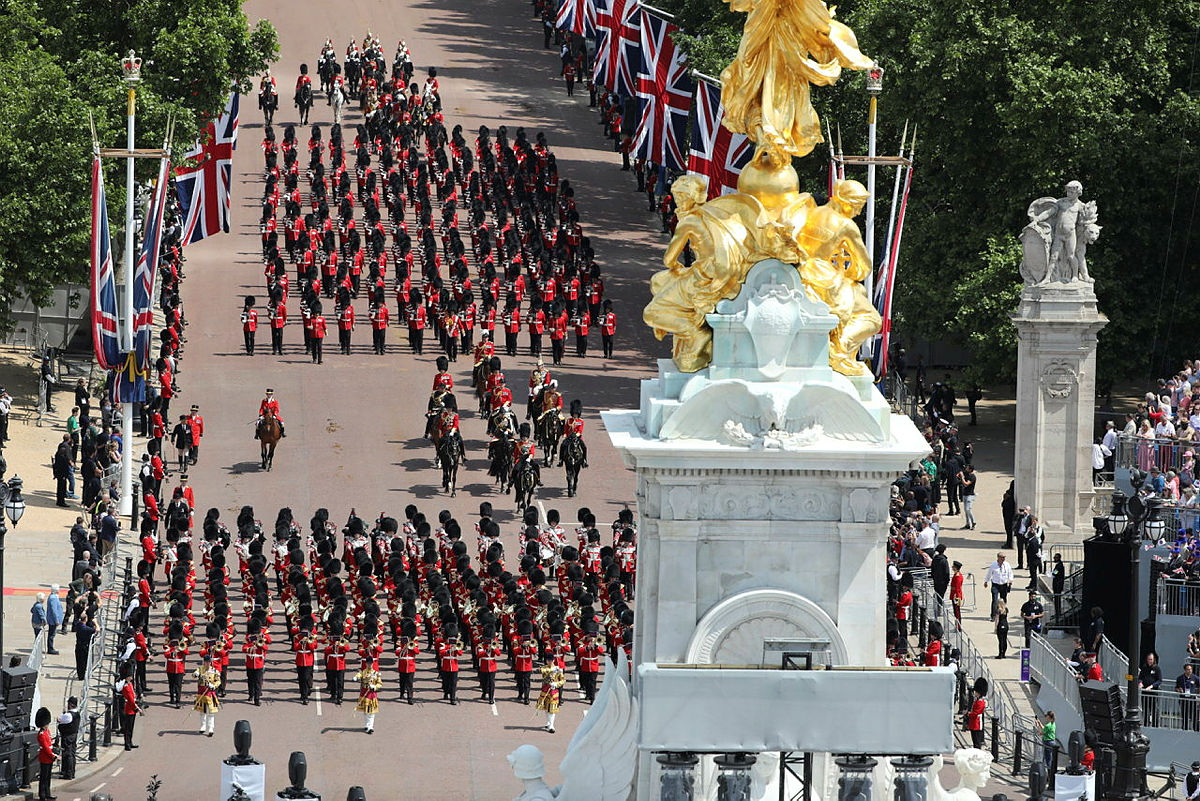Military colours, standards or guidons are carried to act as a rallying point for troops and to mark the location of the commander.
During the High Middle Ages, it became a regular practice to have their commander’s coat of arms on their standards.
It was decided that during the chaos of battle, the soldiers needed to be able to determine which their regiment was. Regimental flags were awarded by the head of state and were inscribed with the names of battles of other symbols representing achievements. They were treated with honour.
It became considered a great feat of arms if the enemy’s standard was captured. Colour Guards were enlisted to protect their colours. These were often elite soldiers. If the colours are ever in jeopardy of being captured by the enemy, they must be destroyed.
The Colour Guards are a group of soldiers assigned to protect the regimental colours. This duty is usually carried out by a young officer as it is considered so prestigious and experiences non-commissioned officers are assigned to the protection of the flag. The NCO’s re usually armed with either rifles or sabres to protect the colour.
When standing orders become too old to use they are never destroyed, but laid up in museums or places of significance to the regiment. In more modern battles, colours are no longer carried into battle due to the changes in tactics. They are still used at events.
In the United Kingdom the infantry regiments of the Army carry two colours which together are called a stand. These are two large flags which are mounted on a half pike with the regiments insignia placed in the centre.
The Rifle regiments traditionally do not carry colours. The two rifle regiments in the British Army; The Rifles and the Royal Gurkha Rifles carry their battle honours on their drums. In place of Regimental colours, the Gurkhas carry the Queen’s Truncheon.
The Royal Navy and the Royal Air Force also have colours. The Royal Navy colours consist of a White Ensign with a Union Jack and a Masthead pennant. Unlike the colours of regiments in the Army, every colour of the Royal Navy is identical. Units in the Royal Navy to hold a Queen’s colour are-
– Naval Aviation Command
– Submarines Command- Fleet
-Britannia Royal Naval College
– Surface Flotilla
– Royal Naval Reserve.
The Royal Air Force colours are made from sky blue silk and the Royal Cypher with a crown above is in the middle.




